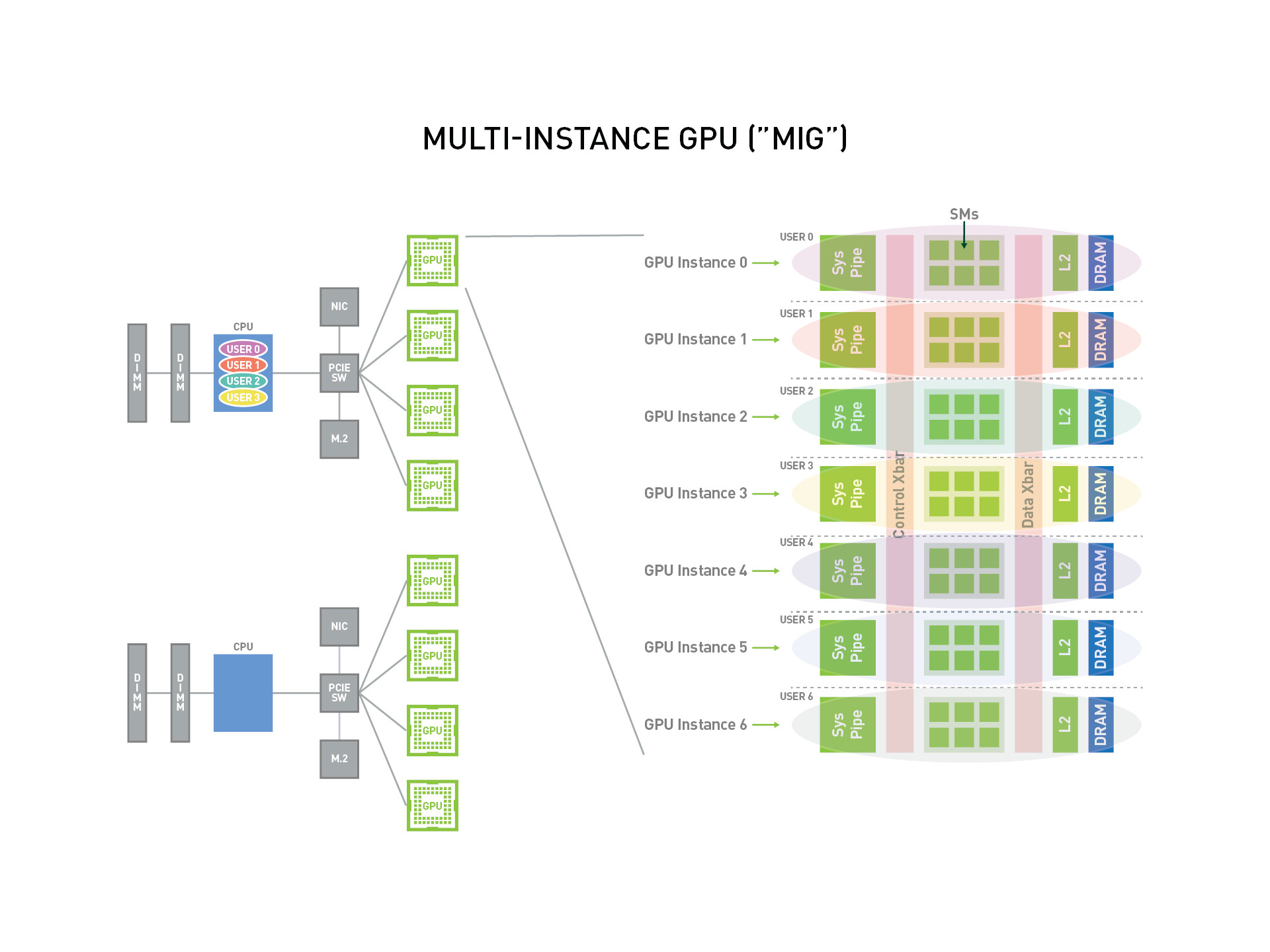- xkbevd
$sudo apt-get install xbindkeys
$xbindkeys --defaults > /home/username/.xbindkeysrc
now "xbindkeys -k" command for choosing key press combination
$xbindkeys -k
( press the key combination for e.g. Ctrl+Alt+Space)
- copy the key combination
m:0x14 + c:28
paste into /home/username/.xbindkeysrc
"/usr/bin/script.sh" (path of the script you want to run on some key combination)
m:0x14 + c:28
run below command for starting xbind key start
$xbindkeys
to make it permenant add this command into .Xsession of into users home file
$sudo apt-get install xbindkeys
$xbindkeys --defaults > /home/username/.xbindkeysrc
now "xbindkeys -k" command for choosing key press combination
$xbindkeys -k
( press the key combination for e.g. Ctrl+Alt+Space)
- copy the key combination
m:0x14 + c:28
paste into /home/username/.xbindkeysrc
"/usr/bin/script.sh" (path of the script you want to run on some key combination)
m:0x14 + c:28
run below command for starting xbind key start
$xbindkeys
to make it permenant add this command into .Xsession of into users home file




